In the Content Production & Digital Media Management course, students learn, among other things, how to tell journalistic stories using different media for various digital channels. In the second to last semester of their studies, they refine and demonstrate their skills in the course “Multi-media practice”. This year, interviews, explanatory videos, TikTok news and radio reports were created.
Journalism for social media
If journalism wants to reach the young target group, it has to be particularly present on social media. TikTok is precisely the platform that is particularly popular among young people. The short video clips that are posted and shared there usually have more entertainment value than information value, but people can also be reached there with important news and new information. For example, “Zeit im Bild” is very successful on TikTok, with almost 370,000 followers. Miriam Reichel, social media editor at the ORF news program, explained to the students the secrets behind a successful news short video. Equipped with this practical knowledge, the students experimented with different narrative formats on three topics: climate activism, HPV vaccination and inflation.
Explanatory videos to counter fake news
Somewhat longer video formats are in demand on the YouTube platform. There, teenagers and young adults like to get more in-depth information about a topic that interests them. That’s why explanatory videos are a suitable format for journalists to shed light on current debates in a fact-based way – and are highly relevant, especially in the fight against misinformation and fake news. In the project group led by Michael Mayrhofer, editor at the ORF business magazine Eco, the students created explanatory videos on the topics of teacher shortages, mental health and Sunday opening hours.
Podcasts as a journalistic format
Among digital audio formats, podcasts are of particular interest to the young target group. Here, a topic or story is divided into several contributions and told in episodes. This is also what the group around Sylvia Reim did, and prepared the topic of democracy for Generation Z. The students each created an audio contribution, for example on the questions “What is democracy?”, “Who does democracy exclude?”, “Youth and democracy” and “Freedom of opinion”. The entire program could be listened to in the Radio Lab on Radio Radieschen – or afterwards as a stream or podcast.
Looking at the world through the eyes of others
With an online magazine like DasInterview.at, many formats are possible. For journalists, however, the heart of digital storytelling lies in the personalities the stories are about: telling socially relevant topics from the eyes of those affected, those responsible, experts or witnesses means conveying emotions while sticking to the facts. Under the direction of Nicola Löwenstein, multi-media contributions were created on the topics of the city, diversity, artificial intelligence, time travel and art.
For further questions please contact:
Mag.a (FH) Regula Blocher
Academic Expert & Lecturer
New Media & Online Journalism
regula.blocher@fh-wien.ac.at
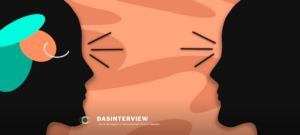
DasInterview.at Project management: Nicola Löwenstein THROUGH THE EYES OF… Under this motto, we talked to people, got to know different points of view and tried to tell interesting stories through the eyes of…. Technology meets intelligence, diaries meets curiosity, sport meets magic and much more. On DasInterview.at you can dive with us into the insights and perspectives of personalities. Link to project website: https://dasinterview.at/ |
|||
 Radio Lab – What`s up, democracy? Radio Lab – What`s up, democracy?
Project management: Sylvia Reim “What’s up, democracy?” A hot topic in times of crises, war and corruption. What do young people think about democracy? Do we need a women’s quota in politics to strengthen democracy? Where are the limits of freedom of expression? We have the answers. Link to project website: https://soundcloud.com/radioradieschen/was-geht-demokratie |
|||
| Explanatory videos on YouTube
Project management: Michael Mayrhofer
|
|||
| TikTok-News
Project management: Miriam Reichel
|

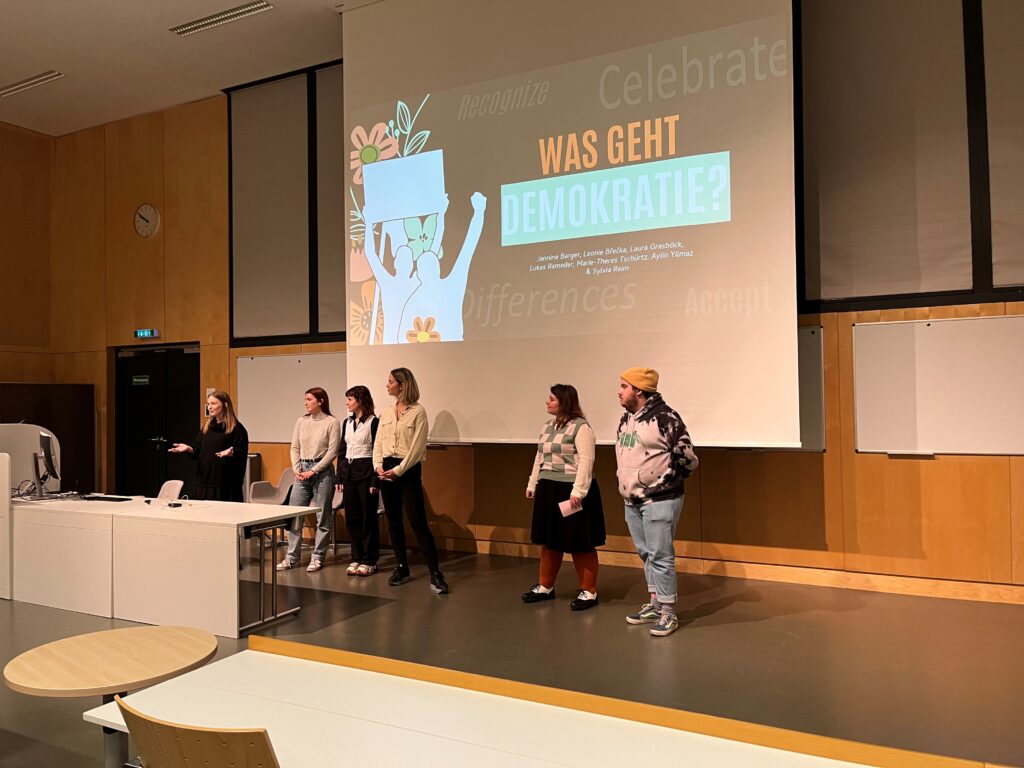
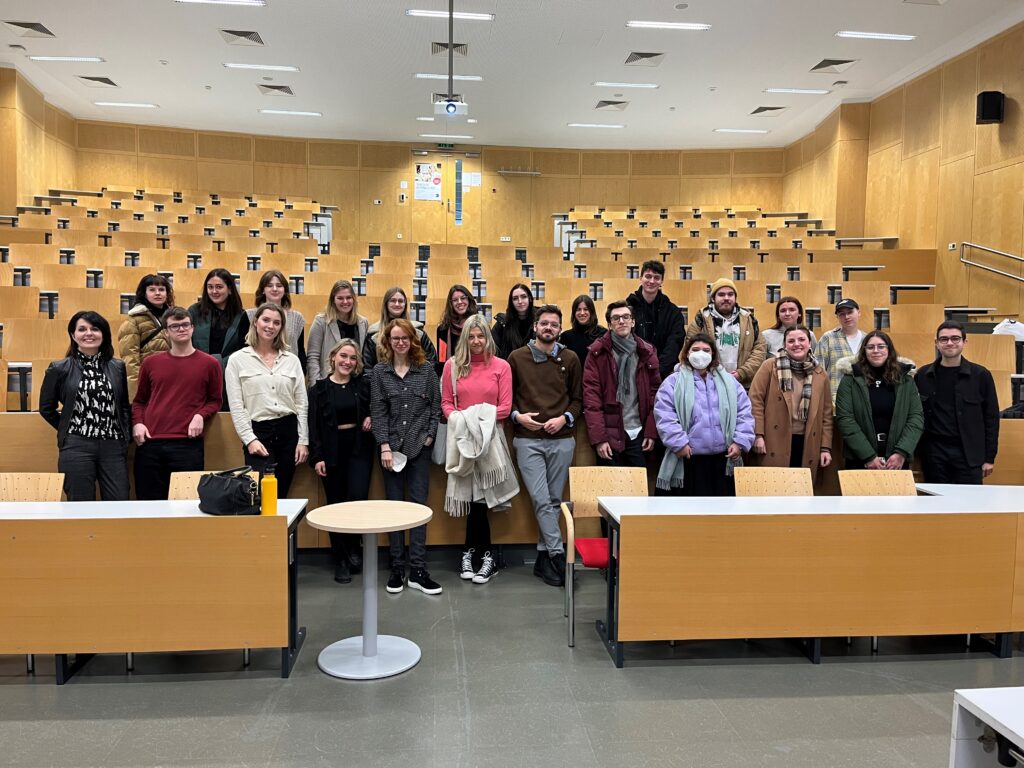

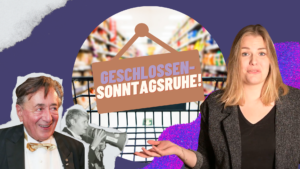
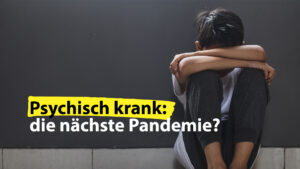
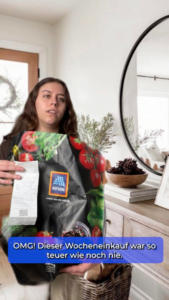 Inflation
Inflation